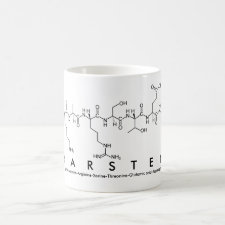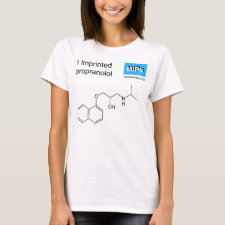
Authors: Kantarovich K, Tsarfati-BarAd I, Gheber LA, Haupt K, Bar I
Article Title: Reading Biochips by Raman and Surface-Enhanced Raman Spectroscopies.
Publication date: 2013
Journal: Plasmonics
Volume: 8
Issue: (1)
Page numbers: 3-12.
DOI: 10.1007/s11468-012-9367-z
Abstract: Biochips are a rapidly increasing research field, driven by the versatility of sensing devices and the importance of their applications. The regular approaches for creating biochips and for reading them suffer from some limitations, motivating development of miniature biochips and label-free formats. To push forward these challenges, we have chosen to combine the methods of printing of droplets of synthetic receptors by pipettes or nanofountain pens with detection by Raman spectroscopy or its surface-assisted plasmon variant, namely, surface-enhanced Raman spectroscopy (SERS). The selected receptors included molecularly imprinted polymers (MIPs), produced by polymerization of functional and cross-linking monomers around a molecular template, the β-blocking drug propranolol. The measured Raman and SERS spectra of the MIP constituents enabled identification of the template presence and consequently chemical imaging of individual and multiple dots in an array. This concept, combining nanolithography techniques with SERS paves the road toward miniaturized arrayed MIP sensors with label-free, specific and quantitative molecular recognition
Template and target information: propranolol
Author keywords: Raman, Surface-enhanced Raman spectroscopy, Molecularly imprinted polymers, biochips, Nanofountain pen



Join the Society for Molecular Imprinting

New items RSS feed
Sign-up for e-mail updates:
Choose between receiving an occasional newsletter or more frequent e-mail alerts.
Click here to go to the sign-up page.
Is your name elemental or peptidic? Enter your name and find out by clicking either of the buttons below!
Other products you may like:
 MIPdatabase
MIPdatabase









